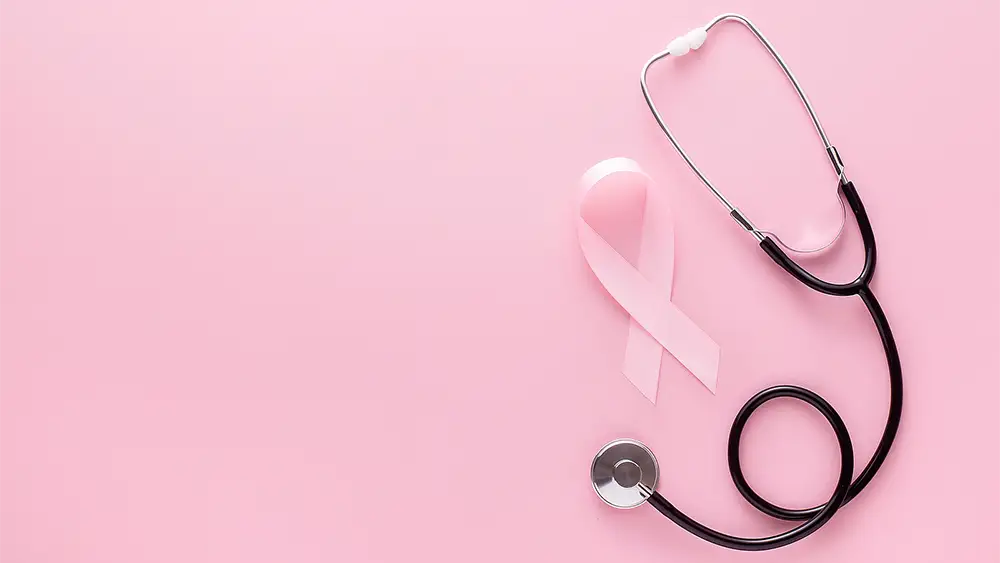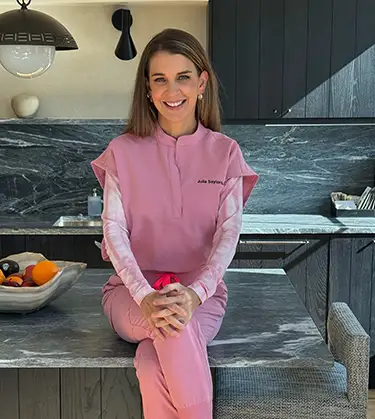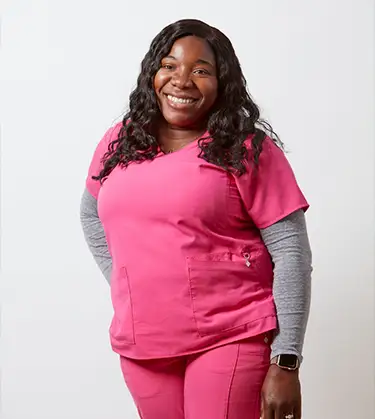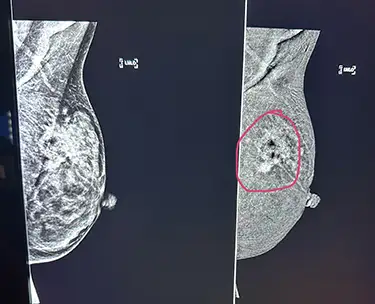
Each October, pink is everywhere; after all, it’s Breast Cancer Awareness Month. But behind the ribbons and awareness campaigns is a critical message: breast cancer is still one of the most common cancers among women, and early detection can save lives.
Thanks to advancements in screening technology, treatment and education, the odds of surviving breast cancer continue to improve. Knowledge is power, and staying aware can empower you or a loved one to take charge of your health.

“One of the biggest misconceptions is that breast cancer mostly affects people with a family history,” said Dr. Julia Saylors, MD, a medical oncology and hematology specialist with Charleston Oncology. “In reality, only about five to 10% of breast cancers are hereditary. Most of the patients I see do not have a first-degree relative with breast cancer.”
That’s why awareness and regular screenings are so important for all women, regardless of a known genetic risk.
“Survival is highest when breast cancer is detected early,” she added. “It improves our chances for a cure and often means less invasive surgery, fewer medications and less need for chemotherapy or radiation.”
Myra Collins, lead mammographer with Novant Health East Cooper Medical Center, emphasized that mammograms are the first line of defense. “Many women are nervous about the compression paddle used during the mammogram,” she said. “At East Cooper, we use a radiolucent cushion to ease discomfort, and we offer 3D and contrast-enhanced mammography, especially for women with dense breasts. The technology has come a long way.”

According to the American College of Radiology, annual mammograms should begin at age 40 for women at average risk. If you have a family history, Collins recommended having annual mammograms 10 years before your relative’s age at diagnosis.
While a lump is the most well-known sign of breast cancer, other symptoms can be just as telling. “Bloody nipple discharge, dimpling of the skin, a newly-inverted nipple, redness or noticeable asymmetry can all be warning signs,” explained Dr. Saylors.
Collins added that regular self-exams are an important supplement to annual screenings. “Check your breasts in the mirror around the time of your menstrual cycle, if you still have one. Use a circular motion. There are guides available online to help you learn the technique.”
Breast cancer care has changed dramatically in the last decade. “We now have targeted treatments based on specific cancer mutations, and we can even use liquid biopsies to detect cancer cells and identify treatments,” said Dr. Saylors.

On the imaging side, Collins said contrast-enhanced mammography is a game changer. “It’s especially helpful for patients with dense breast tissue or for those who can’t tolerate MRI. It highlights areas of increased blood flow, which can indicate cancer. We’re catching more cancers earlier, which is the goal.”
While cancer can strike anyone, certain lifestyle habits can lower your risk. “Maintaining a healthy weight, staying active, avoiding alcohol and smoking and managing stress all play a role,” said Dr. Saylors. “We also know that diets rich in whole foods, fiber, cruciferous vegetables and omega-3s can be protective. Even moderate alcohol can increase risk, and chronic stress can lead to inflammation that may contribute to cancer.”
If you’re heading to your mammogram appointment, Collins has some practical advice: “Limit your caffeine and chocolate intake beforehand because they can make your breasts more sensitive. Also, don’t wear deodorant that day; the residue can mimic calcifications on your scan, which sometimes complicates interpretation.”
Breast cancer awareness is more than a pink ribbon; it’s about education and taking preventive steps to protect your health. Early detection tools are more effective than ever, and lifestyle choices can make a meaningful impact.
“Getting a mammogram allows patients peace of mind,” said Collins. “It’s preventive care. It’s a gift to yourself and your family.”
Dr. Saylors added, “Don’t wait for a lump. Don’t wait for a symptom. Be proactive, not reactive.”
This October do more than just wear pink; talk about it, check yourself, sign up for a screening or share what you know. Awareness on its own may not save lives, but action does.
By Anne Toole



Leave a Reply